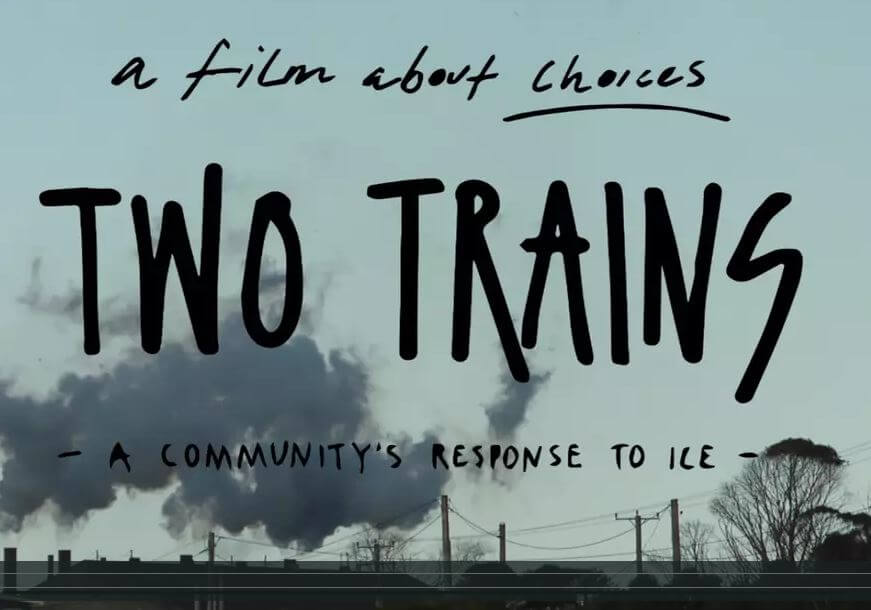Community stories: 19 April 2018
The small town of Smithton, in Tasmania, is surrounded by lush rainforests and picturesque beaches. It is the last stop on the way to Arthur River, and home to just over 3,800 people.
While the town is beautiful, in 2014 it was revealed on ABC television show, Lateline, that it was in the grips of an ice epidemic, with health authorities estimating that up to 10% of the total population were using the highly addictive drug.
For young people, pressure from their peers was usually the reason they started using the drug. With this in mind, one young local recognised the need to address and respond to the problem on the ground.
A documentary to reach the target audience

Jobi Starick, who was 17 at the time, saw the opportunity to apply for an FRRR ABC Heywire Youth Innovation Grant to tackle this problem. With support and advice from Rural Health Tasmania – especially Dudley Billing – Jobi used the $10,000 grant to create a compelling documentary with a local focus.
They went to two local high schools and invited interested students to get involved in the film-making process. They had eight students join the documentary team, and they all received training in video production and editing, lighting, photography story boarding, researching and interviewing.
The film team used this new knowledge to develop a documentary targeted at high school students, highlighting how dangerous the ICE drug was to them and the community. The documentary is called: Two Trains – a film about choices / a community’s response to drugs.
Local and celebrity support
The film crew interviewed people working with the ICE issue on a daily basis; including the Head of Drug Squad for Police Tasmania, a rehab centre co-ordinator for Salvation Army, a Paramedic and the CEO of Rural Health Tasmania. Several community members were also filmed who were either personally impacted or had family members struggling with drug use, such as then Tasmanian Senator Jacquie Lambie.
Layne Beachley, seven-time world champion surfer, was also interviewed – talking about the long-term impact it can have on your life or possible careers.
This problem was affecting the whole community, and people were disappointed that it was hurting the reputation of the town – so everyone was happy to get involved and support the project.
Gaining traction with the documentary
On the launch night, 120 people from the community came to see the first showing of the documentary.
The Tasmanian Department of Education has embedded the documentary into the Tasmanian school curriculum, as a way of talking to students about the dangers of drug use.
The documentary is also being used in three schools in NSW and two in Victoria, and the crew has been approached by schools in every state who wish to include it in their educational materials.
Anecdotally, Mr Billing believes that there has been a reduction in the amount of people being treated for ICE addiction by Rural Health Tasmania since the documentary was released, and community members have talked about a reduction in drug related crimes.
There is a feeling amongst locals that there is a positive shift in drug use and they are proud that the reputation of their town is turning around.

